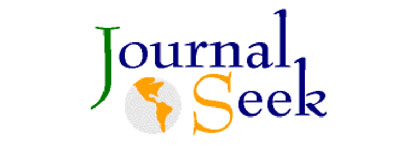Land Use Analysis with Odonata Diversity and Composition using the ArcGIS in Malang and Batu, East Java
DOI:
https://doi.org/10.21776/ub.jpal.2019.010.02.01Keywords:
composition, diversity, land use, odonataAbstract
This study aims to analyze the diversity, composition, and community structure of odonata in the highland and lowland ecosystems and the type of lotic and lentic waters and analyze the description of land use and its relationship with diversity odonata. There are 8 research locations namely Sumber Maron, Sumber Sirah, Sumber Taman, Bureng River, Umbul Gemulo, Arboretum, Coban Rais River, Coban Talun River. Measurement of biotic and abiotic factors in odonata habitat and land use analysis using GPS and ArcGIS program ver 10.5, data analysis using the Shannon Wiener diversity index (H'), evenness index (E), Important Value Index (IVI), and similarity index Bray-curtis. The results showed that the total number of Anisoptera in lotic aquatic ecosystems was 619 individuals divided into 13 species from 3 families, in the lenticular aquatic ecosystem was 533 individuals divided into 15 species from 3 families. This study concludes that the diversity of species in the highlands is higher than in the lowlands, and the diversity in the lentic ecosystem is higher than that of the lotik ecosystem and odonata has its own tolerance to land use as their habitat especially with minimal human disturbances.
Downloads
Published
Issue
Section
License
Authors who publish with this journal agree to the following terms:
- Authors retain copyright and grant the journal right of first publication with the work simultaneously licensed under a Creative Commons Attribution License that allows others to share the work with an acknowledgement of the work's authorship and initial publication in this journal.
- Authors are able to enter into separate, additional contractual arrangements for the non-exclusive distribution of the journal's published version of the work (e.g., post it to an institutional repository or publish it in a book), with an acknowledgement of its initial publication in this journal.
- Authors are permitted and encouraged to post their work online (e.g., in institutional repositories or on their website) prior to and during the submission process, as it can lead to productive exchanges, as well as earlier and greater citation of published work (See The Effect of Open Access).














